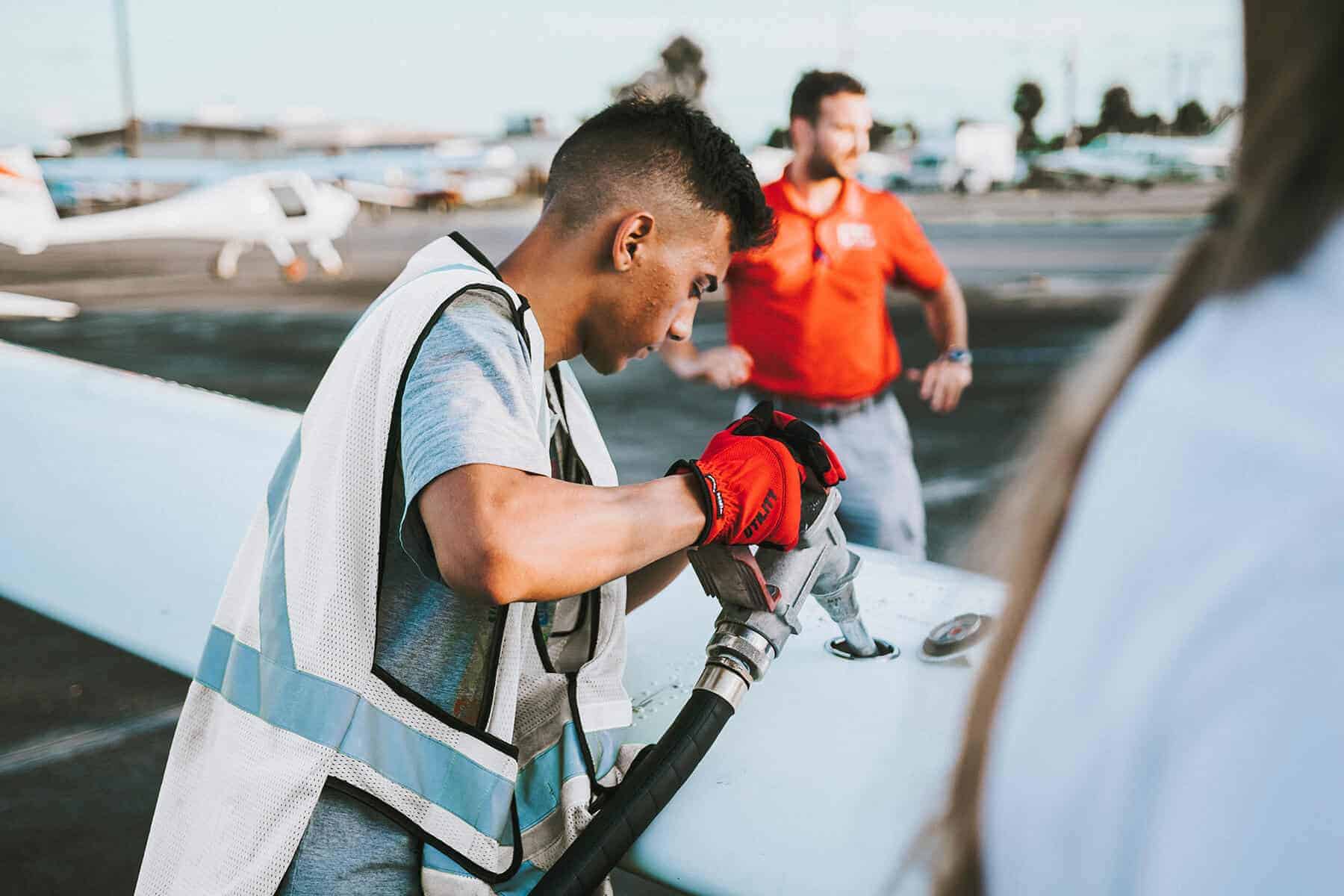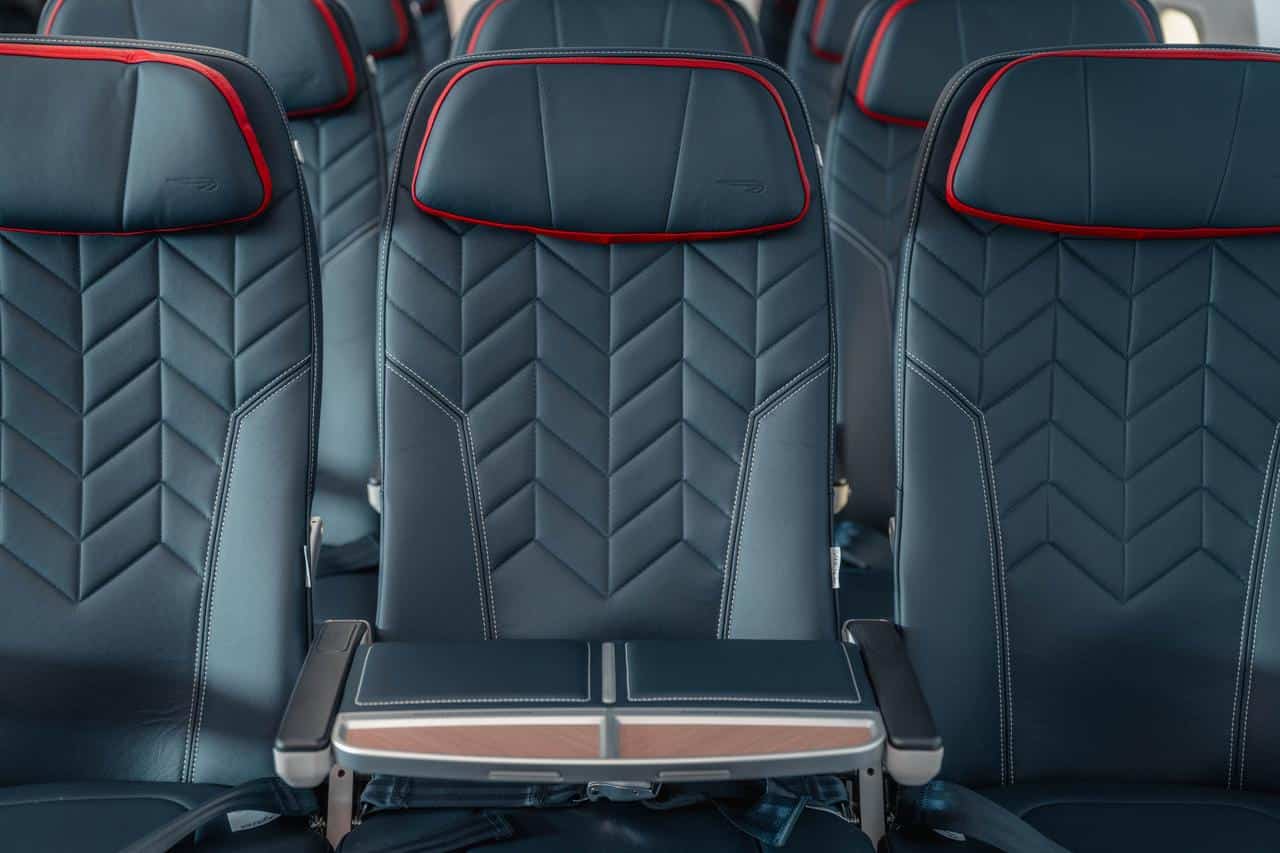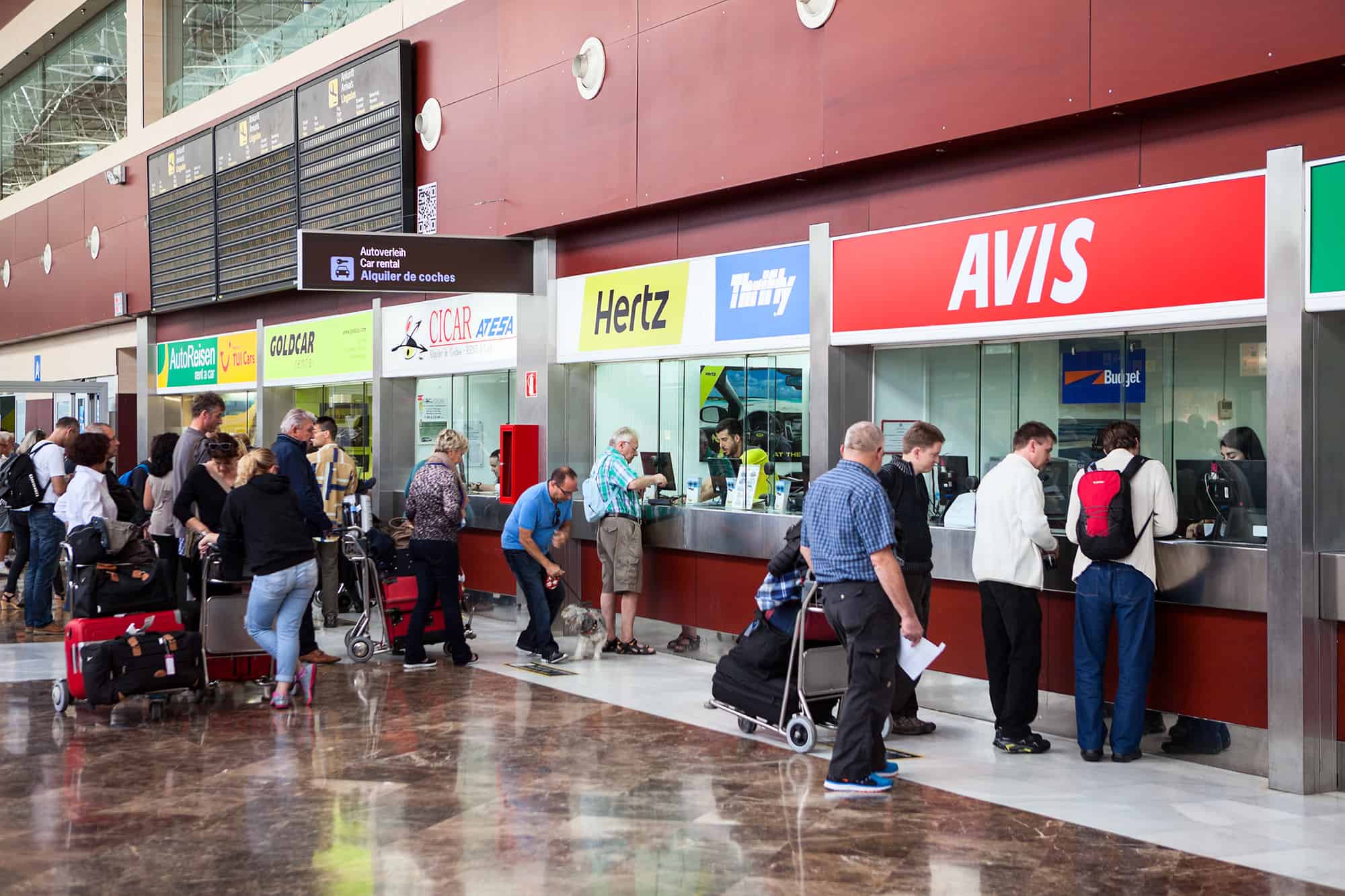For an industry barely 100 years old, aviation has achieved an astonishing amount, but early into its second century, it faces its biggest challenge yet – how to exist sustainably.
Like motor manufacturers, airlines must adapt to demands from governments and their customers for greener options – never more than now, with the recent publication of the UK government’s Jet Zero strategy ahead of next November’s UN Climate Change Conference in Glasgow.
Lockdown has made us all more aware of our impact on the planet and the Jet Zero Consultation spells out why we can’t go on as we are. It said: “While aviation contributes only 2-3% of global greenhouse gas emissions today, it is forecast to become the second-highest residual emitter in 2050 as other sectors reduce their emissions.”
Jet Zero’s ambition is that UK aviation emissions, currently 38 million tonnes, must reach net-zero by 2050. That means airlines must play their part, especially in supporting development of new fuels and aircraft.
A lot has already been achieved; replacing the Boeing 747 with the 787 and Airbus A350 meant fuel savings of 25-40%. Gains like these have offset the growth in demand – Jet Zero believes 2019 UK emissions would have otherwise been 20% higher. Similarly, the US Bureau of Transportation estimates US airlines improved fuel and CO2 efficiency by 40% between 2000 and 2019.
Perhaps the boldest sustainability ambition so far is from United Airlines, which has committed to be net-zero by 2050 without carbon offsets. United’s initiatives span several options, including developing a 19-passenger electric aircraft. However, the proposed ES-19 illustrates the limits of sustainable flight at present, as its range is only 250 miles.
Industry body Sustainable Aviation neatly sums up the problem: “At present, the performance of battery technology cannot match the performance of liquid hydrocarbon fuels, which means that in the short and medium-term for short-haul flights – and in the long term for long-haul flights – flying will remain jet-fuel based.”
Future conventional jet flights will be powered by Sustainable Aviation Fuel (SAF). SAFs cannot currently be more than 50% blended with regular kerosene, but they offer a 70-80% emissions reduction.

There are three types of SAF, with varying degrees of sustainability. SAF from domestic waste still creates emissions, while that from biofuels can divert agricultural effort and use land inefficiently. The Responsible Tourism Partnership supports a third type, synthetic fuels derived from hydrogen and captured carbon. This process uses water and renewable electricity, like wind power, to refine hydrocarbons into liquid fuel.
It sounds like science fiction, but in February, a KLM flight to Madrid took off with 500L of synthetic kerosene in its tanks made by Shell from water, CO2, and renewable energy.
It is a start, but The US Environmental Protection Agency estimates just over 2.4 million gallons of 100% SAF were produced in the US in 2019, compared to 21.5 billion gallons of conventional kerosene used by US airlines, making SAF only 0.01% of the nation’s total jet fuel supply. Moreover, SAF is currently three to five times more expensive than kerosene, and to run on 100% SAF, aircraft must be adapted.
Production of all SAF types is however ramping up, with British Airways investing in LanzaJet’s plant in Georgia to produce ethanol from agricultural residues and “recycled pollution”. The BA deal involves planning for a UK plant. In addition, in July, eight companies shared a £15 million UK government grant to help build SAF production plants.
Hydrogen fuel is another alternative. Loganair, which introduced a mandatory £1 offset charge in July, is testing a hydrogen-powered Islander aircraft used on Orkney Islands flights, aiming for certification in “three to four years”.
There are other ways airlines can minimise their impact. Continuous Descent Approach (CDA) instead of stepped is one, with fuel efficiency specialist SkyBreathe estimating a fleet of 20 single-aisle aircraft using CDA on six flights a day would save more than 700,000 gallons of fuel a year. However, at congested airports, CDA presents a challenge.
More accurate wind and temperature data produces big savings, with BA estimating this has reduced its CO2 emissions by 12,600 tonnes a year. Reducing the weight of an aircraft is another obvious gain, with new lightweight seats on short-haul flights saving 9,100 tonnes of CO2 a year, according to BA – the same as 350 return flights from London to Berlin.
On the ground, single-engine taxiing is becoming more prevalent, while airports are switching to electric pushback vehicles, with Heathrow’s powered by 100% renewable electricity.
All these measures help chip away at the amount of harmful emissions flying produces, but SAF remains the Holy Grail and until it becomes the norm, offsetting – using a responsible partner – is the interim solution for corporates and their frequent fliers.
To find out more about how Meon can help you meet your sustainability goals please contact us by email at [email protected] or by telephone at +44 (0)116 264 5270.






